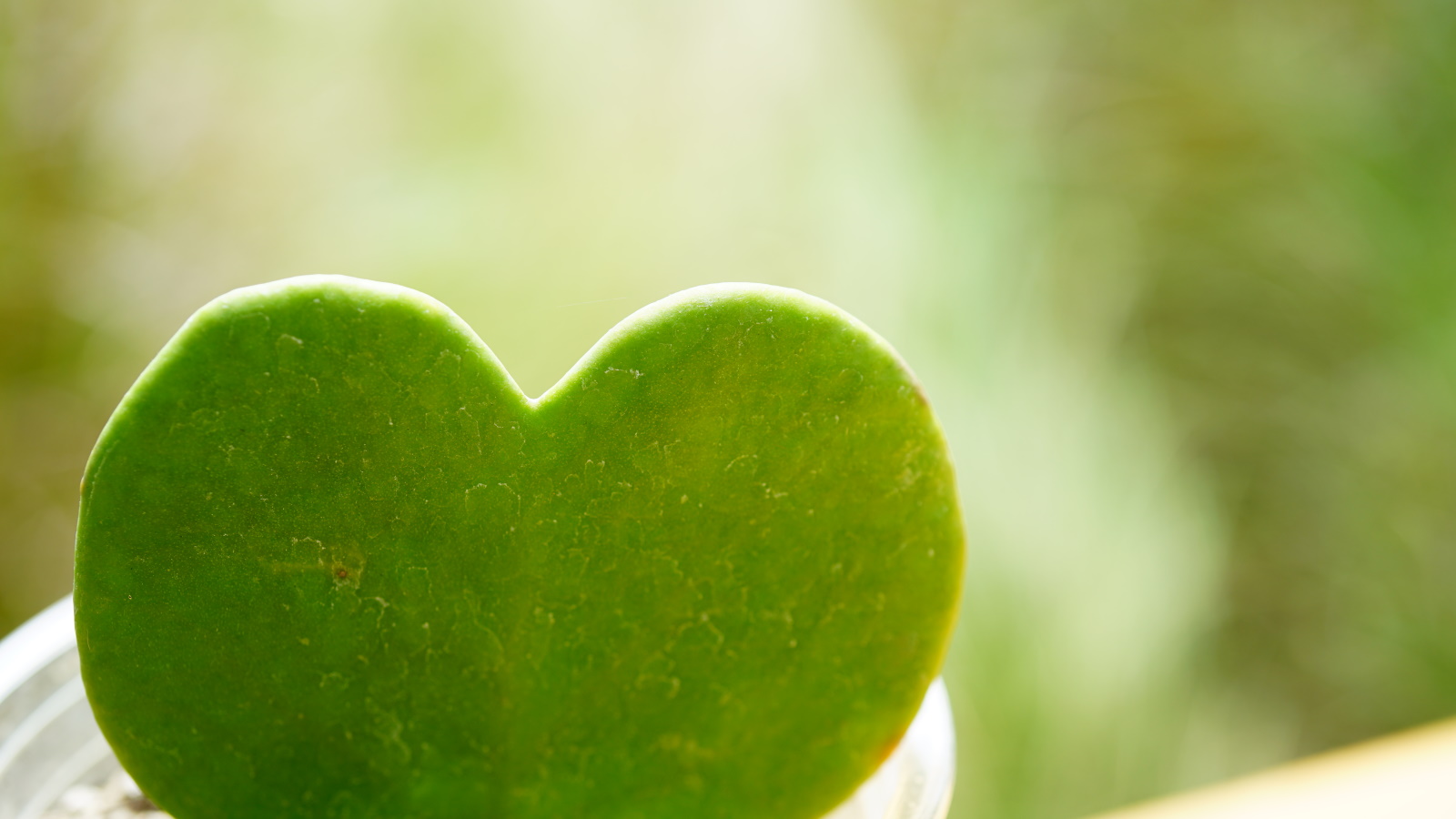
Hoya kerrii, commonly known as the sweetheart succulent, is a unique houseplant popular for its heart-shaped leaves. Native to Southeast Asia, this indoor plant is the go-to gift for Valentine's Day this year.
The sweetheart succulent is celebrated not only for its foliage, however, but also as an indoor plant that is low maintenance. There are just a few simple rules when considering how to grow heart-shaped hoya to ensure that your succulent is a success.
Hoya are the perfect gift, lasting far longer than roses or chocolates, and are readily available to buy online, such as this Hoya Heart from Plants.com. Importantly, this succulent is not just for Valentine's Day and will give you enjoyment and greenery in your home for months and years to come.
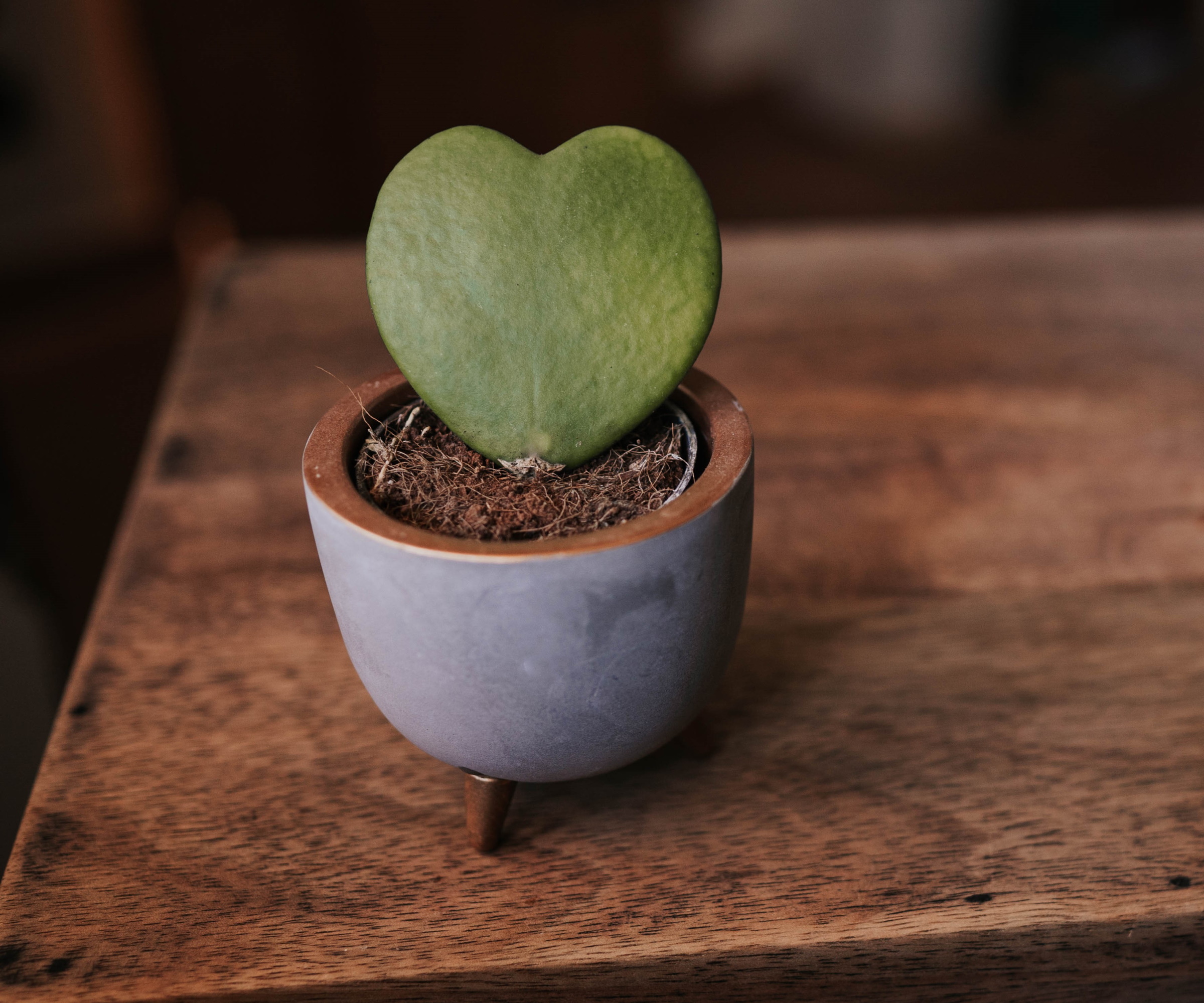
5 expert tips to grow heart-shaped hoya
The sweetheart succulent is a unique houseplant that is popular for its heart-shaped leaves. Experts share how best to grow this indoor plant.
1. Small pots for small plants
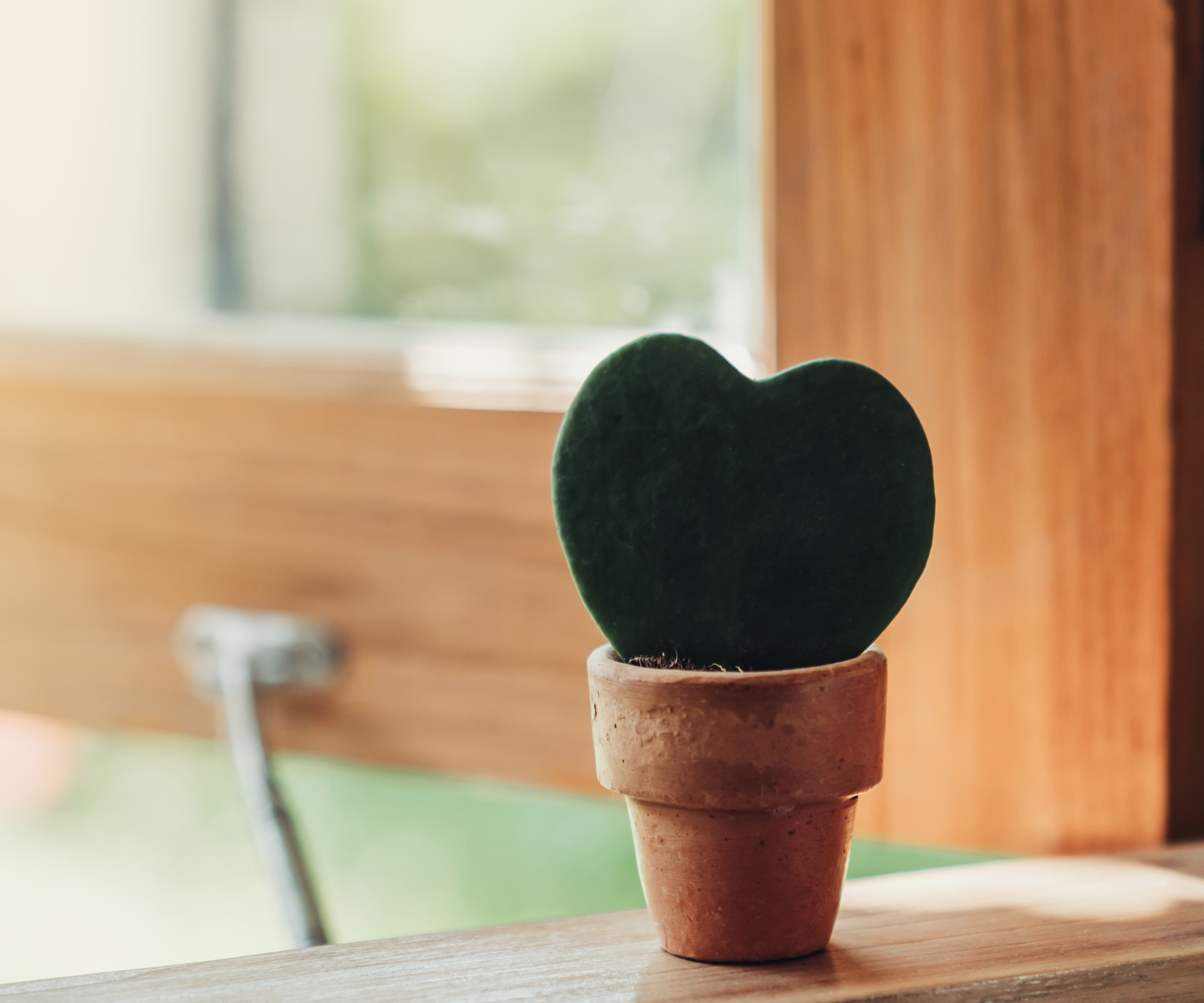
If you are looking for a plant with unique foliage, then look no further than Hoya kerrii. The heart-shaped foliage can vary in size but often looks much bigger than the pot it is grown in. Whilst you may think it is helpful to re-pot this hoya in a new, bigger container, it is important to keep this succulent in a container suitable for the size of its roots.
'A common mistake people make with hoyas is potting them in too large a container,' says Jeanie Psomas, plant expert and owner of The Plant Lady: San Francisco. 'You should choose a pot that fits the size of the roots, not the leaves.'
As with anything, there is a balance to be found. By planting your hoya in a large pot, the soil will dry relatively slowly, as the ratio of root to soil is low. This will make your plant more susceptible to root rot. However, when a plant's root system is too big for its pot, it can tip over, and the soil will dry very quickly. The plastic pot that your hoya has been grown in is a good guide as to the size of ceramic pot you want.
2. Bright but indirect light is best
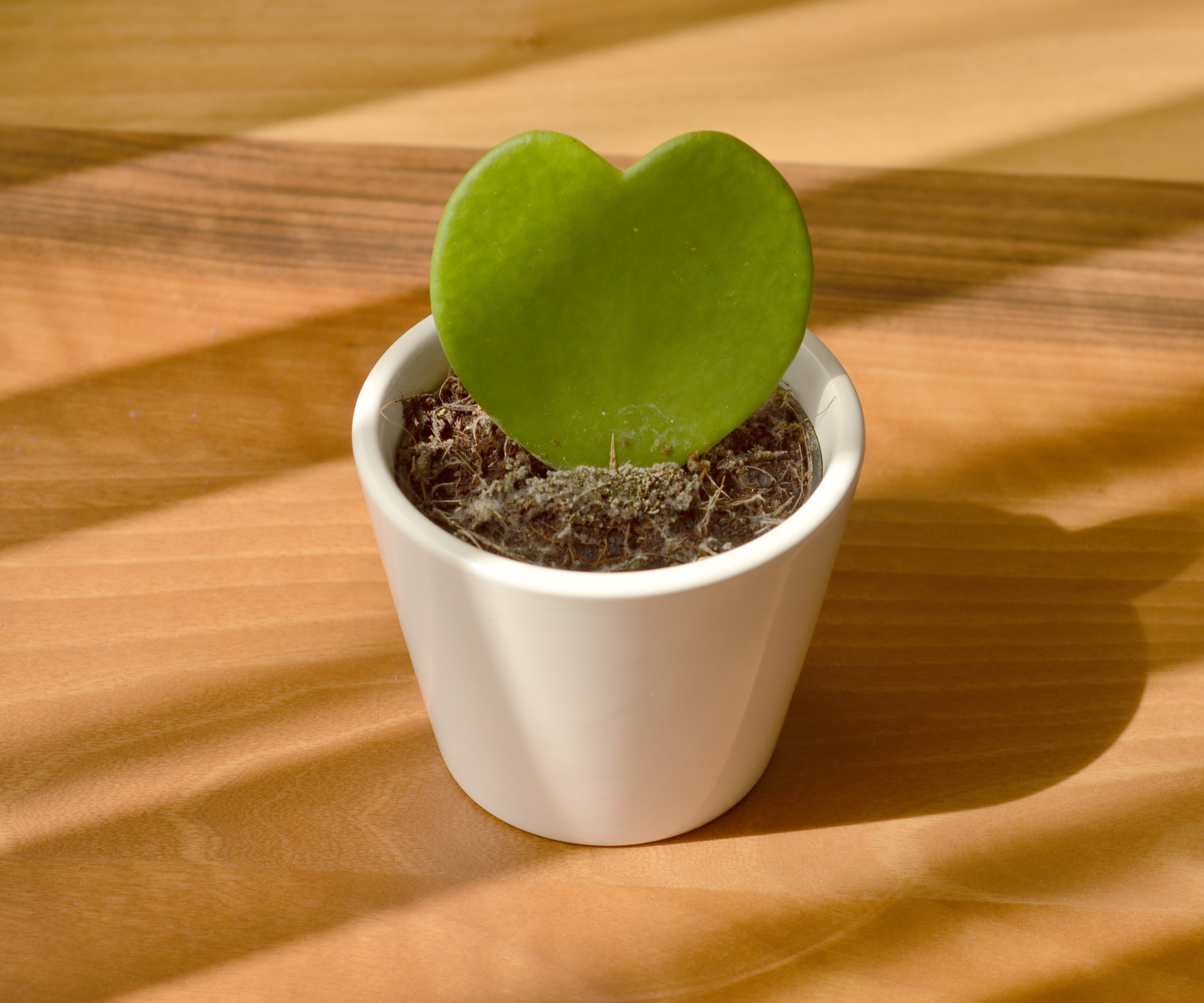
'Hoyas are tropical plants that are native to Asian countries such as the Philippines, Thailand and Vietnam,' says Jeannie, 'and it's important to keep that in mind when considering their needs.' These are not plants to place in a shady corner.
It is recommended to 'place your Hoya near a window to ensure it gets enough light.' Jeannie says. Direct light can damage the foliage, however, so avoid a location that is full sun for most of the day.
'Hoya plants love warmth and slightly higher levels of humidity,' Jeannie continues, 'so putting them outdoors in the summer is a great idea.' Always remember to bring your hoya plants inside once the temperature starts to drop in the fall.
3. Underwatering is better than overwatering
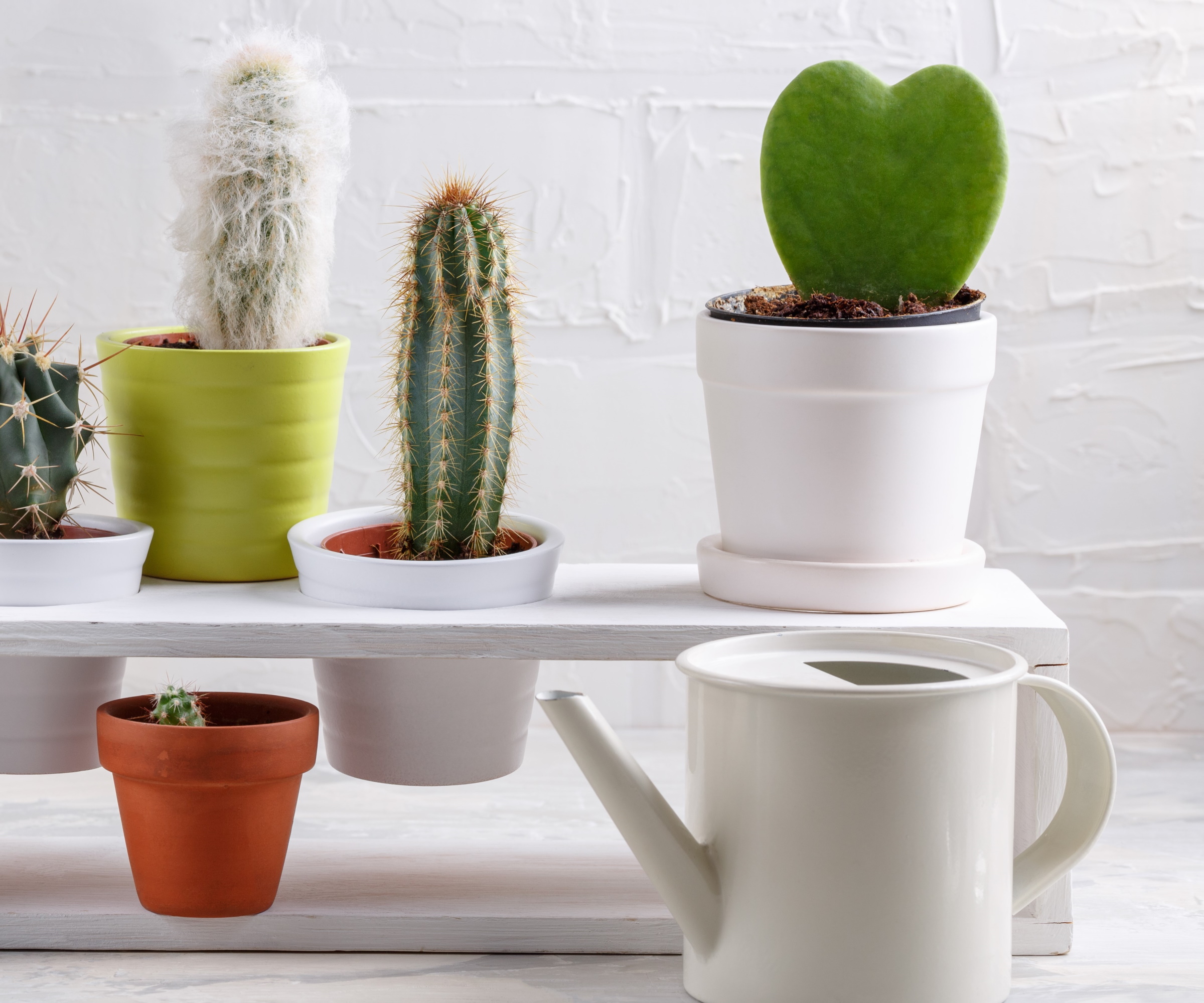
Hoya can be 'thirsty plants, especially in brighter locations and during the summer months when temperatures are higher,' says Tom Knight, plant expert and owner of Ourhouseplants.com.
Tom recommends 'waiting until the top inch of soil has dried out before watering your succulent again.' It is always better to 'play it safe,' Tom says. Hoya plants 'would prefer to be underwatered than overwatered, so if in doubt, wait a little longer before reaching for the watering can.'
In the winter months, you will not have to water your indoor plants as frequently but do not let your plants go without water. As the plant is not actively growing, less water will be absorbed. It is best to check the soil with your hand, water sparingly and only when necessary.
4. Use a well-draining potting mix
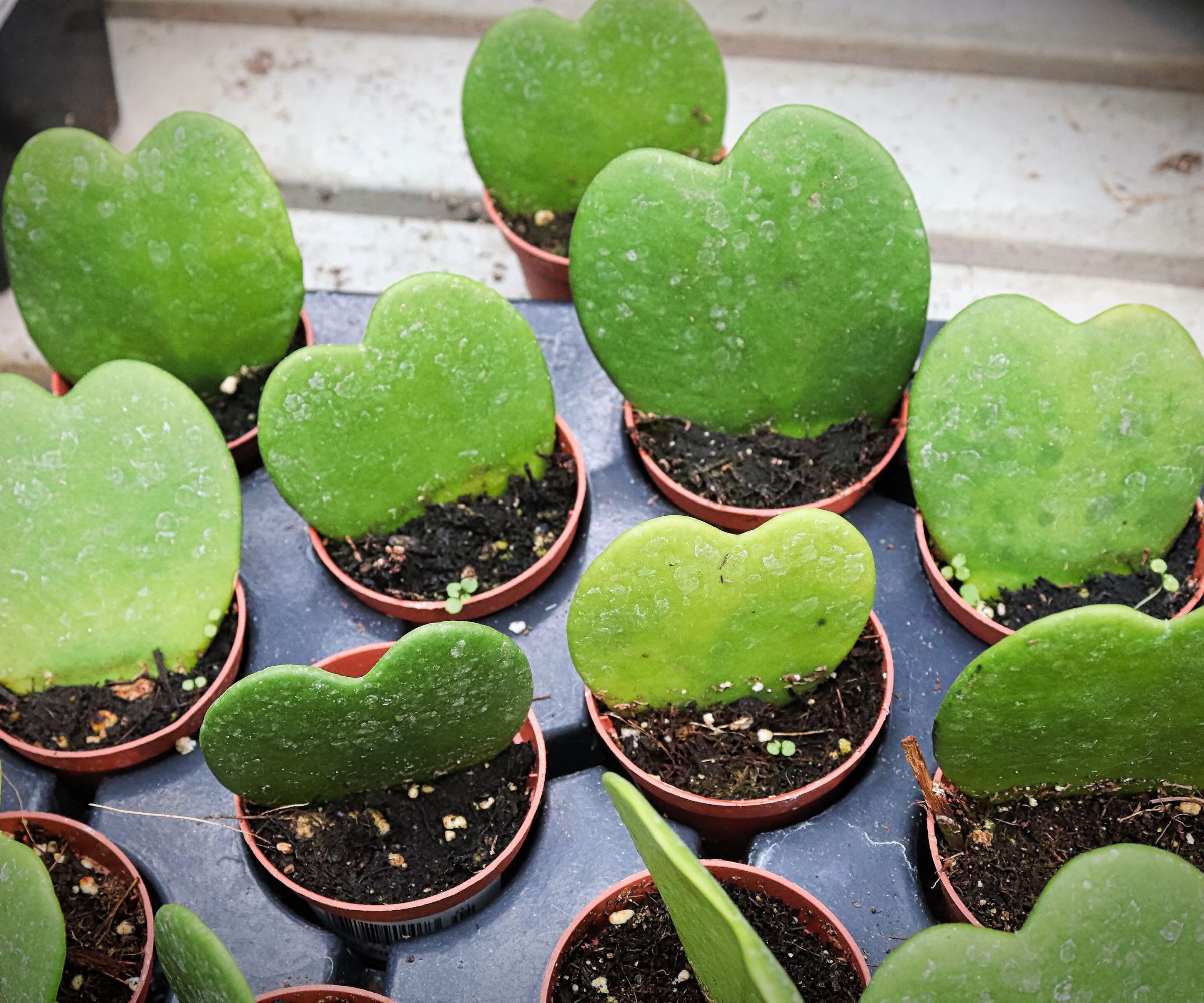
Hoya plants can generally 'cope with quite a range of potting mixes,' Tom says. It is, however, preferable to use a 'well-draining potting mix with some aeration.'
It is best to use a combination of moisture-retentive material and free-draining material, as this will ensure that the roots of your hoya plant can absorb water but also receive plenty of oxygen.
Tom recommends using a 'peat-free compost mixture with added perlite or orchid bark,' such as this Orchid Potting Mix from Greendigs. Using orchid bark is effective as this mimics conditions found in the native tropical habitat of hoya plants.
5. Indoor plants need feeding
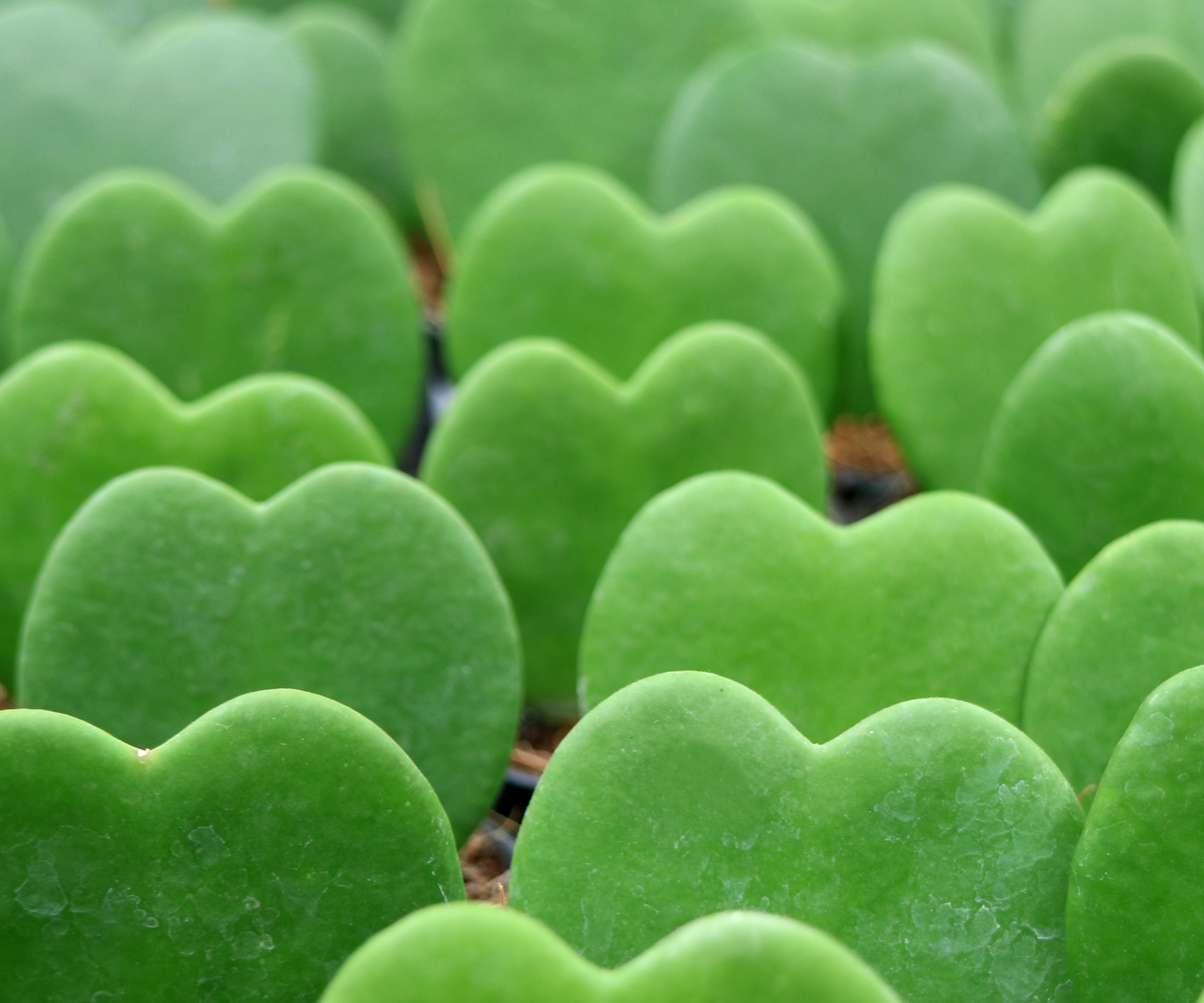
Hoya are 'not overly heavy feeders,' says Tom, but they do 'benefit from a balanced liquid fertilizer during the growing season in spring and summer.'
Always follow the instructions on the fertilizer label, diluting in water as necessary. Any balanced fertilizer will do the job, such as this Indoor Plant Food from Greendigs. Nutrient deficiency can cause your plant to turn yellow, so it is best to regularly inspect the foliage of your plant for any signs that it is struggling.
It is not necessary to feed your indoor plants during the winter months, as they are not actively growing and so do not need any fertilizer or additonal nutrients.
Buy heart-shaped hoya
The sweetheart succulent, Hoya kerrii, is the perfect gift for Valentine's Day. This succulent adds green to any space. So, if you’re a sucker for easy-care plants, this one’s for you. Available as a single or double heart.
This hoya is easy-going and adorable with the heart-shaped leaf. Select from three different colored pots. It is best to place in indirect light to help this single-leaf Hoya Heart thrive alongside your love for years to come.
The hoya heart is a must-have this year. This easy-to-grow succulent is a green gift to give to anyone this year. It is sent in a white ceramic planter with an etched heart... a unique gift for Valentine’s Day.
FAQs
How often should I water my hoya plant?
During the warmer months in spring and summer, it is best to regularly check on your hoya plant to see if watering is needed. This can be done once a week when temperatures are high. Using your finger, assess whether the top inch of the soil is dry, and if it is, give your hoya plant a good drink of water. Always ensure that water can drain away from the container as the plant will not thank you for sitting in water.
Heart-shaped hoya are an attractive addition to any indoor plant collection. Why not consider adding something spiky to your new heart-shaped plants, and try growing agave indoors?







